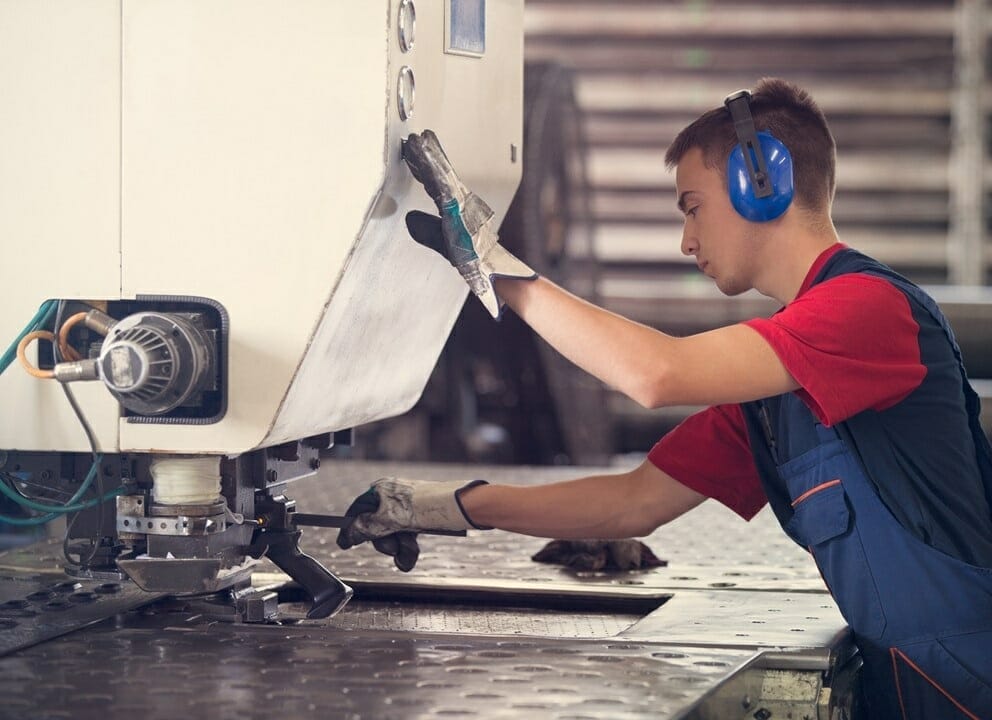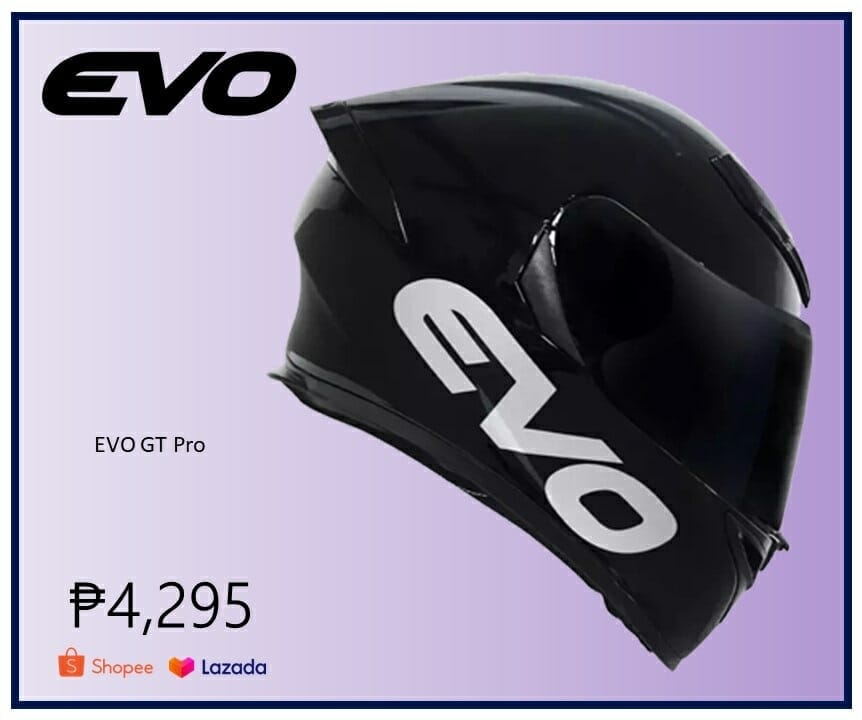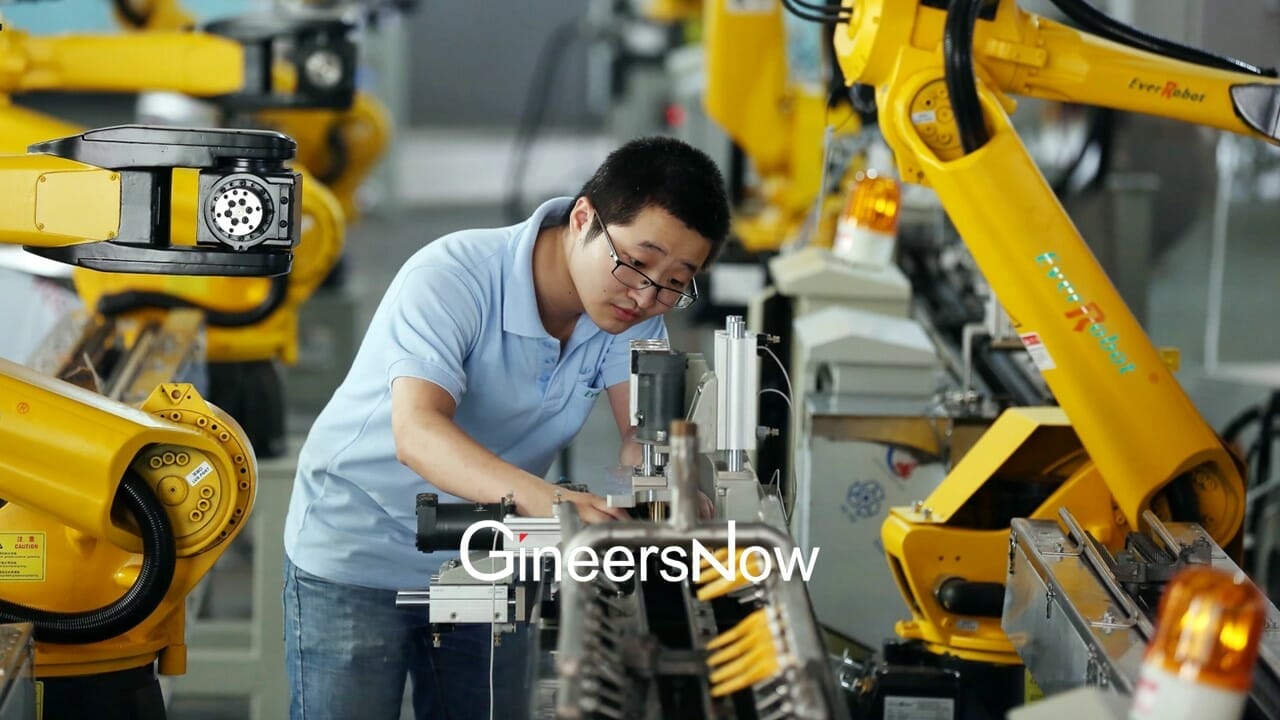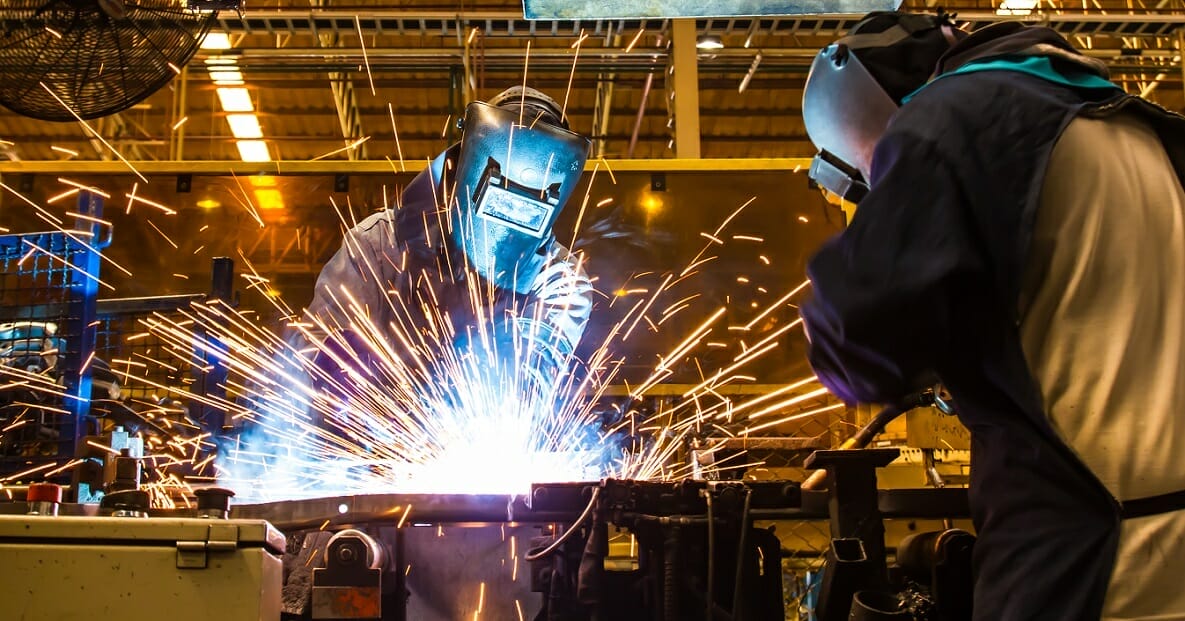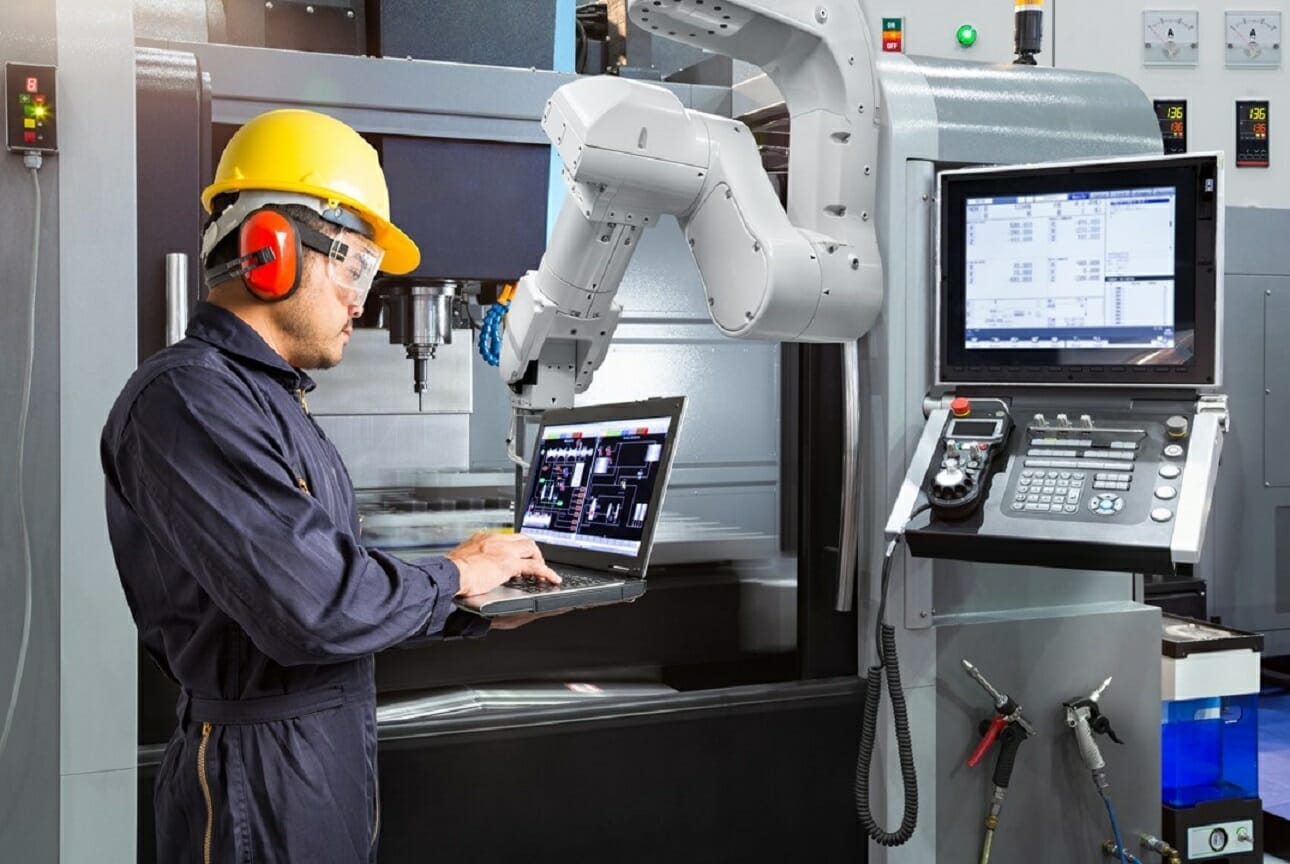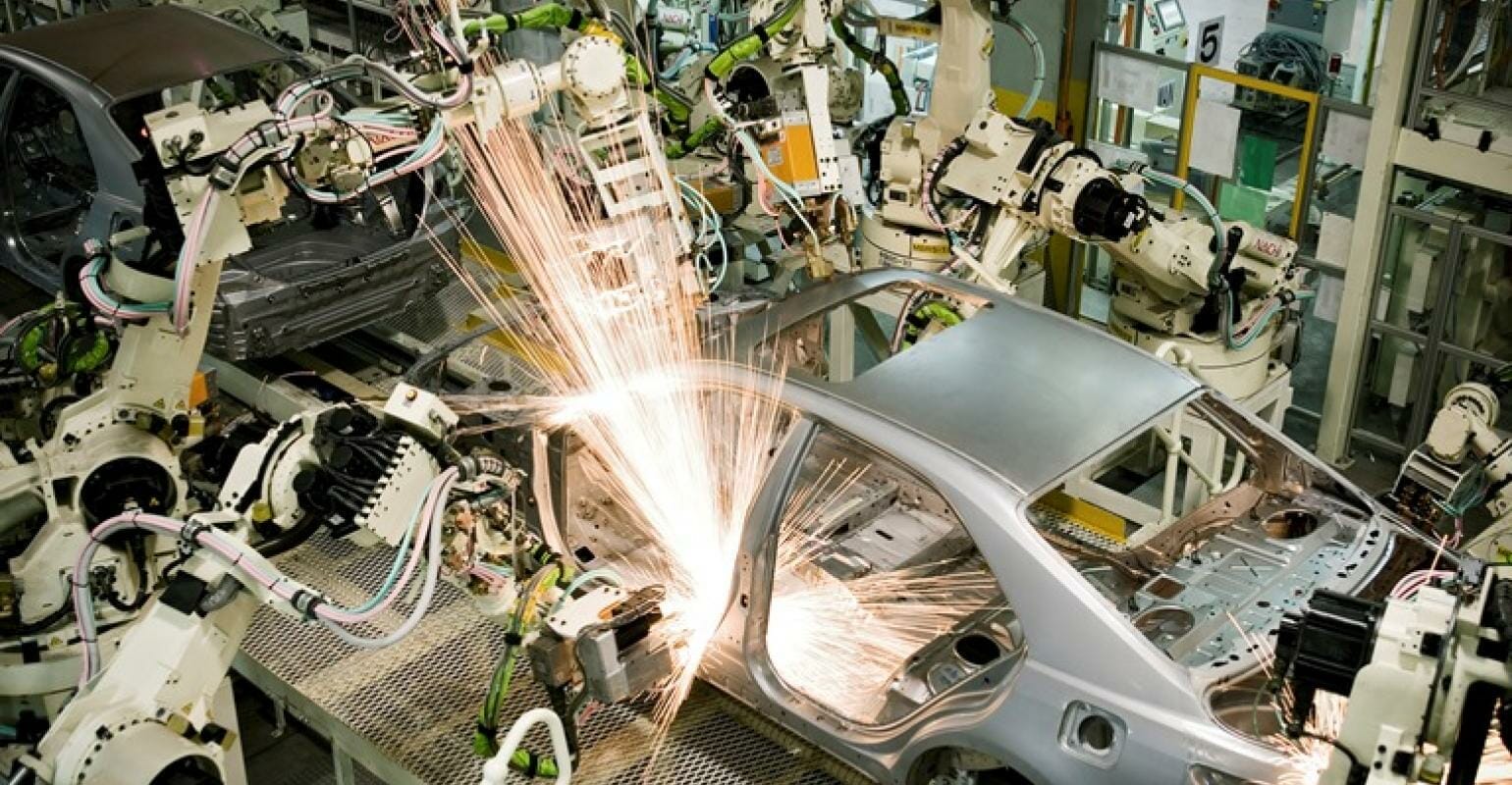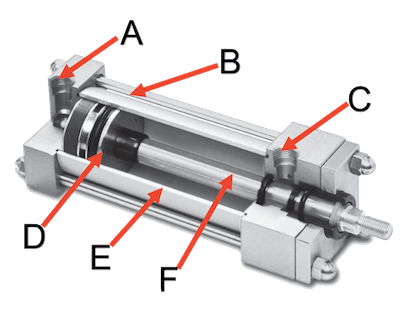Metal Fabrication
Metal fabrication is vital in all types of industries, from small to large businesses. With metal fabrication, you can create everything from paperclips to plane parts. That’s why it’s a misnomer that metal fabrication only involves welding, since because welding is just a part of the process of shaping metals into end products.
The manufacturing process involves cutting, stamping, folding, and shaping the metal into the desired shape or design. However, this process can only be completed when you use the right type of metal fabrication equipment, such as the ones below:
1. Welding Equipment
Welding involves a combination of heat and pressure to join two or more pieces of metal. In this type of metal fabrication, any size or shape of metals are possible to come together. Depending on the end product you want to produce, you can use various types of welding procedures from Tungsten Inert Gas (TIG) Welding, Metal Inert Gas (MIG) Welding, and Stick or Arc Welding.
- For heavy metal fabrication, choose Gas Tungsten Arc Welding or TIG Welding, especially for complex projects. Aside from a highly-skilled welder, you’ll need welding tools and equipment like TIG welders or tungsten electrode rod for making short arcs on heavier metals.
- Gas Metal Arc Welding or MIG creates less welding fumes as you use shielding gas. This process uses solid wire electrodes to make welding continuous and faster while shielding the metal from reacting to external factors.
- With stick welding, you’ll need high temperature and an electrode stick to form electric arcs during the metal contact process. That way, you can weld the metal easily.
Aside from the equipment above, you’ll also need safety equipment like welding accessories support, welding tables, blankets, gloves, and welding helmets that can withstand heat, spatter, sparks, and hazardous glare during the welding process. To improve the accuracy of your project, it’s always best to leave everything in the hands of capable and reliable welding Albuquerque shops.
2. Plate Rolls
Flat sheet and stainless steel are the most sought-after metals used to make beautiful end products. To achieve such, fabricators use metal fabrication equipment like plate rolls, which are available in various lengths and diameters, efficiently and quickly to turn flat sheet metals into cylindrical parts.
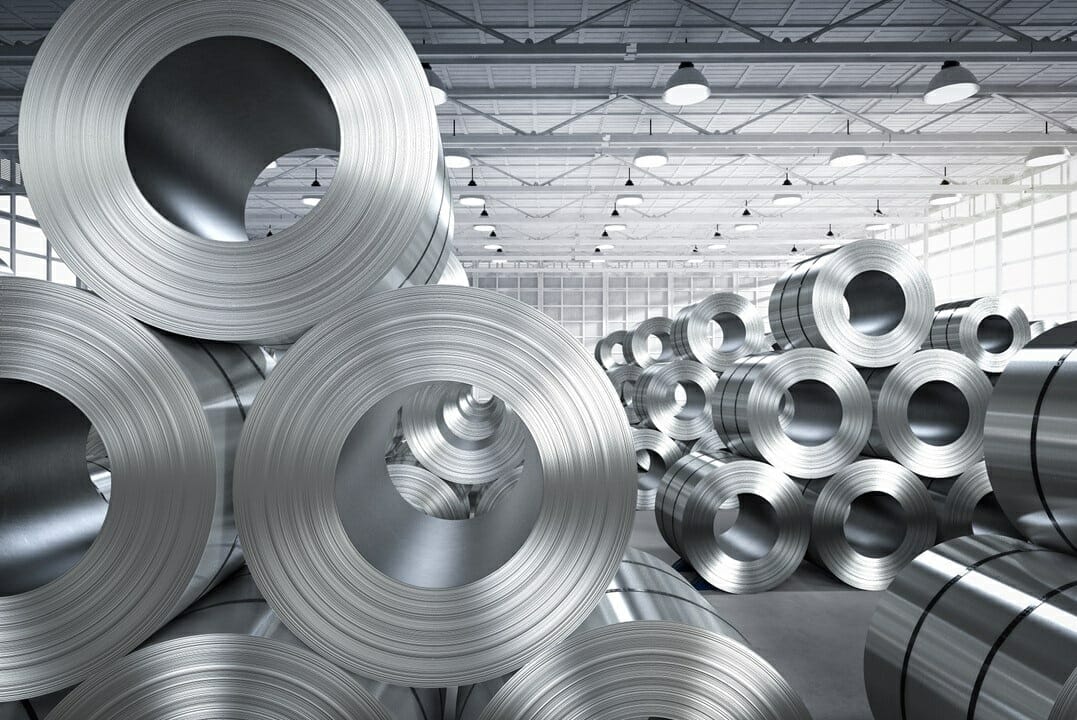
The three-roll variable axis plate rolls are the most preferred choices because they don’t rely on the operator’s competence. They feature user-friendly controls, making them faster, safer, more precise, and more productive than other 3-roll benders. Moreover, the upper roll moves up and down while the lower rolls move from right to left, unlike the ordinary cylinder machines. Thus, this equipment is perfect for thick and medium plate bending.
3. Cuttings Shears
Cutting shears are another important metal fabrication equipment. They come in guillotine and swing beam forms to make cuts on sheet metal.
When using swing beam shears, the upper blade penetrates and creates right-angled, clean cuts without any burr. The swing beam moves in a pivotal way to cut. This way, it prevents the jamming of the backstop and lower blade. Since the upper blades don’t stay intact with the lower blade after cutting, the blades don’t rub on each other. Thus, you can keep the sharpness of the blades for a longer time. Moreover, you can use the blade clearance adjustment when using higher-capacity machines to adjust the cuts easily.
To achieve twist-free cuts when using cutting shears, make sure you’ve used them before since they do require a learning curve. Otherwise, find a skilled metal fabrication Albuquerque shop to help ensure your safety and the success of your project.
4. Press Brakes
One of the advanced equipment in metal fabrication, press brakes are used for bending metals to its desired shape. The major changes are in its drive systems and automation. Centuries ago, press brakes were mechanical, with an eccentric crank, flywheel, clutch, and brake. Now, press brakes are flexible and capable of creating more personalized products. The new version allows variable bend angles, application of force, controls for speeds, and stroke lengths. They’re also electric to allow mass customization and increase production.
Most metal fabricators today are shifting to automated machines. Because many of their equipment involve less room for human error, greater precision and measurements are possible even for small-volume customized jobs. Since fabricators use digital databases for storing programs, they can also make larger setups and designs. Moreover, they can now create more precise end products.
CNC press brake machines from Accurl exemplify the critical role that technical proficiency and extensive experience play in the metal bending process. Known for offering innovative solutions, Accurl has built a strong reputation for consistently delivering premium machines and has established itself as a benchmark in the industry.
Conclusion:
Metal fabrication involves many processes, from design to welding. That’s why fabricators need to use more than one set of equipment. Some of the essential ones are welding equipment, plate rolls, cutting shears, and press brakes. This equipment allows fabricators to design and produce metal products more precisely.


